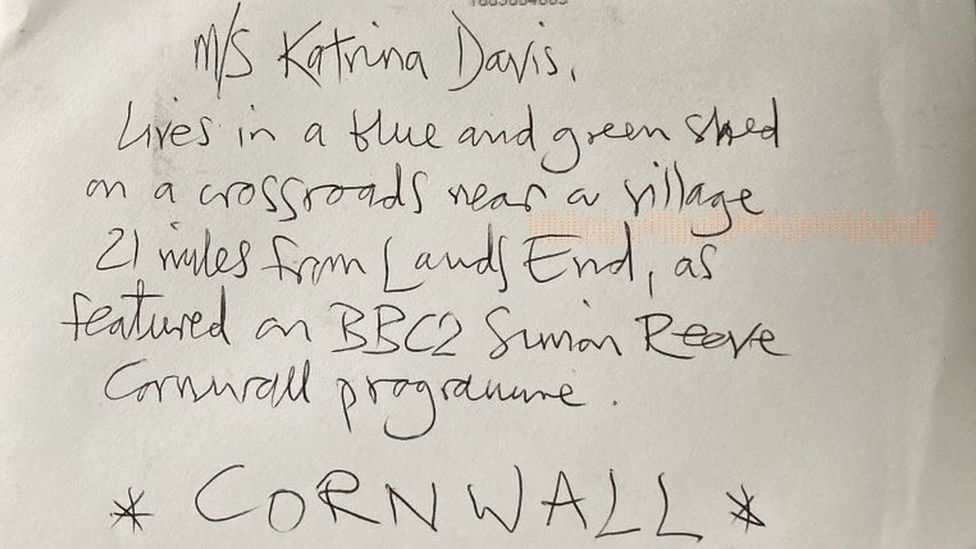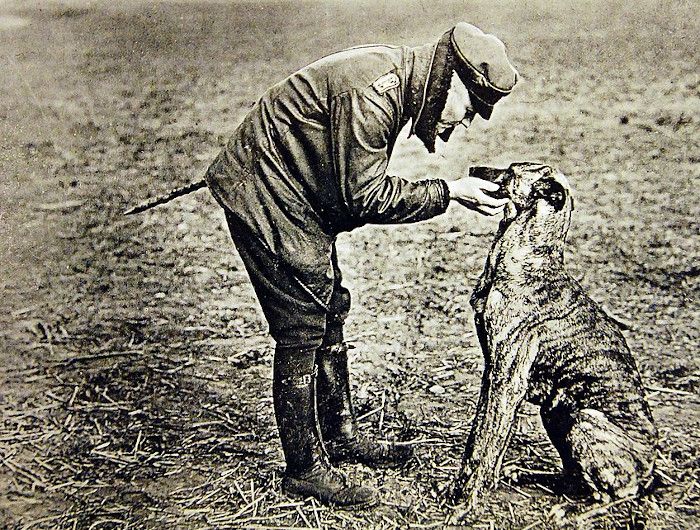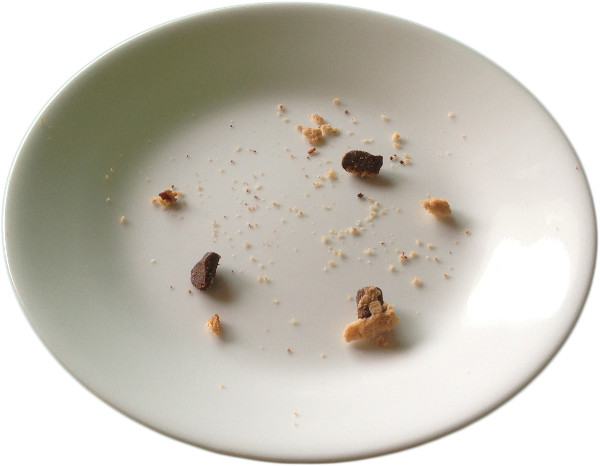First, suppose Steve takes 335 cookies. We will argue that Tony can then win by taking 334 cookies. If Tony does take 334, Bruce will be left with a plate of 331 cookies to take from. No matter how Bruce plays from here, he cannot meet objective #1, because he will need at least 335 cookies to do so, and has only 331 to take from. Therefore, Bruce will maximize the number of cookies he eats, and take the remaining 331. Tony finishes with 334, the middle amount, so he meets objective #1, justifying his decision to take 334 cookies. (Note that if Tony had taken more than 334, Bruce would still have taken all the remaining cookies, but Tony would not have met objective #1, so taking 334 is in fact Tony’s best play.)
Therefore, Steve will fail objective #1 if he takes 335 cookies. Furthermore, we can repeat the argument above if Steve takes more than 335 cookies, by always having Tony take 1 fewer cookie than Steve (or all remaining cookies, if this amount is less than the number Steve took).
Now suppose instead that Steve takes 334 cookies. We will show that Tony cannot take any amount of cookies resulting in him (Tony) meeting objective #1. First, note that if Tony takes 333 or more cookies, Bruce will be unable to meet objective #1 (he will need at least 334, but there are at most 333 remaining), and so will take all remaining cookies, resulting in a “loss” for Tony.
Now suppose instead that Tony takes x cookies, where x ≤ 332. Then there will be 666 – x cookies remaining. Suppose Bruce takes 333 cookies. This leaves 333 – x cookies on the plate. Even if Steve takes only 1 cookie each turn from now on, Bruce can ensure that he will have fewer cookies than Steve by also taking 1. Suppose Steve takes s cookies. Then on Tony’s next turn, he has 333 – x – s cookies to take from. Even if Tony takes all remaining cookies, total over his two turns, he will have taken 333 – x – s + x = 333 – s, which is at most 332 (since s ≥ 1), so Tony will definitely finish with fewer cookies than Bruce. Thus, if Tony takes 332 or fewer cookies, Bruce can win by taking 333 cookies, since this guarantees he will finish with less than Steve and more than Tony.
Therefore, if Steve takes 334 cookies, Tony cannot meet objective #1, and so will take as many cookies as possible, leaving none for Bruce. This leaves Steve with the middle amount of cookies, so taking 334 cookies is in fact a winning strategy for Steve. As shown above, Steve cannot do any better than this.
Steve: 334
Tony: 666
Bruce: 0






